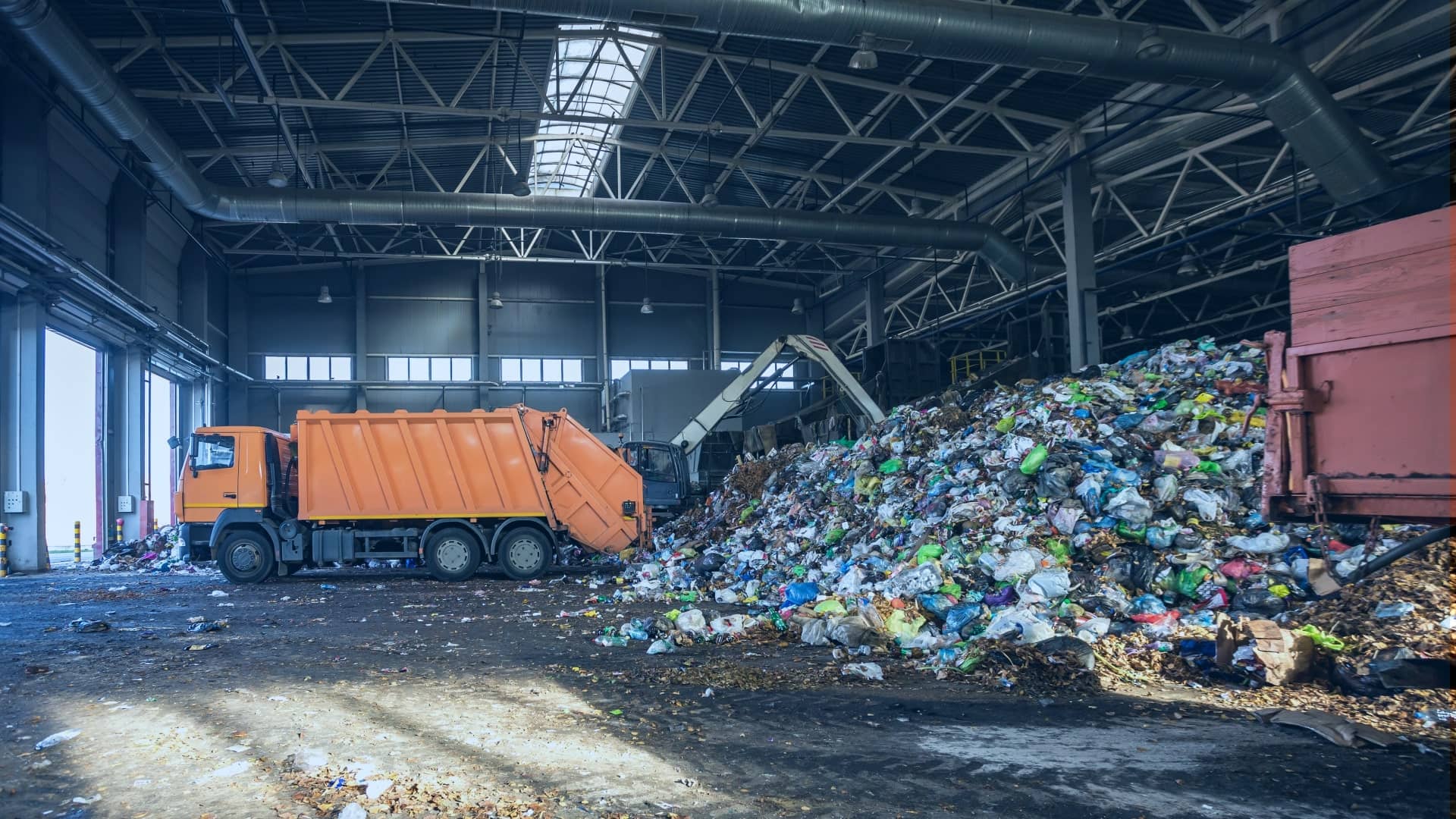What Does Reclaim Waste Mean?
What Does Reclaim Waste Mean?
Blog Article
Reclaim Waste Things To Know Before You Buy
Table of Contents9 Simple Techniques For Reclaim WasteA Biased View of Reclaim WasteReclaim Waste Fundamentals ExplainedThe Of Reclaim WasteRumored Buzz on Reclaim Waste
Domestic sewer waste refers to the waste and products from a property septic tank. The appropriate management and disposal of domestic sewer waste require fluid waste to be moved to a sewage therapy plant where the proper techniques and equipment are applied to detoxify and dispose of waste.
Commercial waste usually includes prospective threats, such as flammable products or a combination of liquid and strong waste items, and calls for a more innovative and detailed disposal process. The disposal of industrial waste commonly involves the filtration of waste prior to transportation to guarantee risk-free and correct disposal. Hazardous waste is created from byproducts and runoff of industrial processes and production.
This type of waste can not make use of the very same sewer management transportation or processes as septic or business liquids. The commercial waste administration procedure calls for the inspection and testing of liquid waste before it goes through the disposal process (industrial wastewater treatment). Runoff waste is the liquid waste that comes from runoff and excess stormwater in highly populated areas or cities
Runoff waste can cause contamination and flooding if not managed effectively. Discover extra about drain cleaning and waste administration. Making sure appropriate waste monitoring can stop catastrophes and lower ecological damage. Both individuals in property settings and professionals in commercial or production sectors can take advantage of understanding the processes and regulations of fluid waste administration.
The 5-Second Trick For Reclaim Waste
Call PROS Solutions today to find out about our waste monitoring and disposal solutions and the correct methods to take care of the liquid waste you create.
(https://penzu.com/p/1f225eb6893bd9aa)Do you know what happens to your water when you end, flush the toilet or drain pipes the washing equipment? No? Well, it deserves recognizing. This so-called 'wastewater' is not only a vital source but, after therapy, will be released to our land, rivers or the ocean. Used water from commodes, showers, baths, cooking area sinks, washings and industrial procedures is referred to as wastewater.

water made use of to cool machinery or clean plant and tools). Stormwater, a form of wastewater, is runoff that streams from farming and urban locations such as roofings, parks, yards, roads, courses and rain gutters right into stormwater drains pipes, after rainfall. Stormwater flows neglected directly to regional creeks or rivers, at some point reaching the ocean.
The Only Guide for Reclaim Waste
In Queensland, many wastewater is dealt with at sewer therapy plants. Wastewater is transferred from domestic or industrial sites through a system of drains and pump terminals, recognized as sewage reticulation, to a sewer therapy plant.
The Department of Natural Resources encourages city governments about handling, operating and keeping sewage systems and treatment plants. In unsewered locations, neighborhood governments may need homeowners to install specific or house sewer therapy systems to treat residential wastewater from toilets, dig this kitchens, washrooms and washings. The Division of Natural Resources authorizes using house systems when they are confirmed to be reliable.
A lot of stormwater gets no treatment. In some new communities, therapy of some stormwater to eliminate trash, sand and gravel has actually begun using gross toxin traps. Wastewater therapy happens in four phases: Removes strong issue. Bigger solids, such as plastics and other objects mistakenly discharged to sewage systems, are eliminated when wastewater is gone through displays.
Wastewater then moves into big tanks where solids resolve and are eliminated as sludge. Oil and residue are skimmed from the surface. Utilizes little living organisms referred to as micro-organisms to break down and get rid of remaining dissolved wastes and fine fragments. Micro-organisms and wastes are incorporated in the sludge. Gets rid of nitrogen and phosphorus nutrients that could cause algal flowers in our waterways and endanger marine life.
Facts About Reclaim Waste Revealed
Nutrient elimination is not readily available at all sewer therapy plants because it requires pricey specialized devices. Clear liquid effluent produced after therapy might still have disease-causing micro-organisms - liquid waste removal.

This normally implies wastewater has to be dealt with or pollutants removed prior to it can be discharged to waterways. The majority of wastewater moves into the sewage system. Under the Act, city governments carry out authorizations and licences for ecologically appropriate activities (ERAs) entailing wastewater releases that could have a regional impact. The division administers authorizations and permits to ERAs entailing wastewater launches that could have a local or statewide impact.
Our Reclaim Waste Statements
Otherwise, samples are considered laboratory analysis. Usually many tests are needed to establish the degrees of each of the different contaminants such as oils, heavy metals and chemicals in water. Surveillance gives factual details about water high quality and can verify that licence conditions are being satisfied. The info acquired with surveillance gives the basis for making water top quality decisions.
Report this page